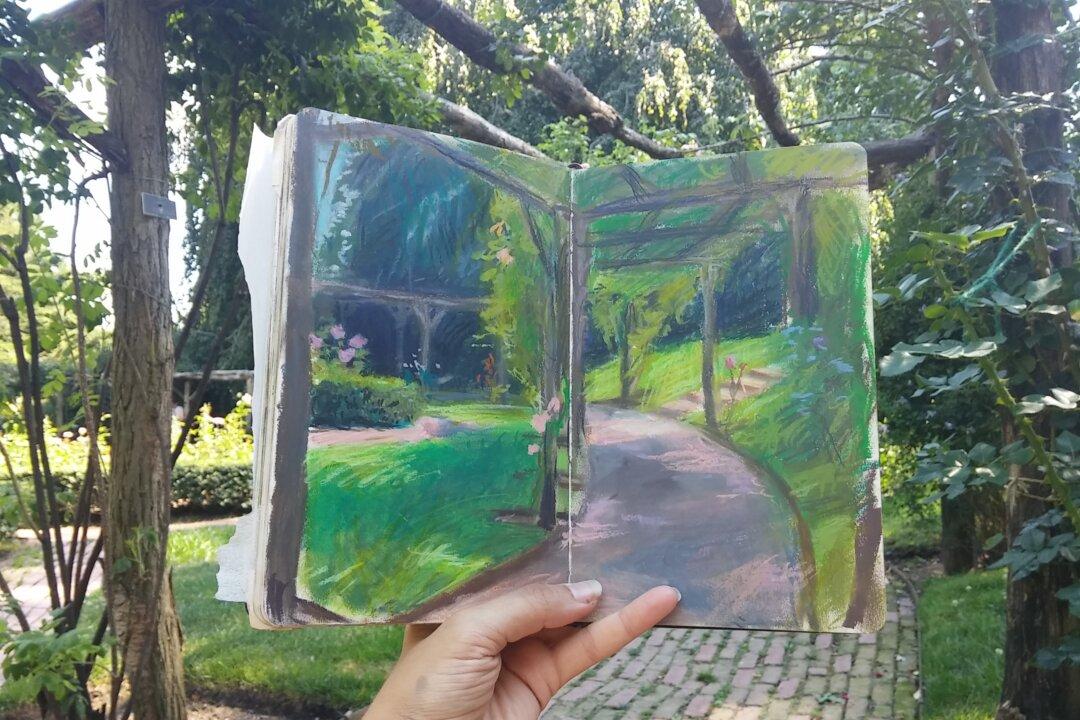NEW YORK—Books neatly stacked on a long table, a chest of drawers, on the floor, or standing in formation on a wooden bench hold an expectant presence in the spacious living room of the philanthropist Joan Kaplan Davidson’s apartment on the Upper East Side.
While she searches for the illustrated book that won The Alice Prize last year, she finds the inaugural winner. “This was the first year,” she said in a well-tempered tone, as she let the beautiful fat book drop to the floor with a bang.
No worries. “Youth and Beauty: Art of the American Twenties” by the Brooklyn Museum can withstand the blow due to its well-crafted binding.
“To get The Alice you have to be good at everything,” said Davidson, elegantly gesturing with her hand. She then explained that you have to be a good writer, editor, designer, and so on. The Alice Prize is the culmination of Davidson’s darling project called Furthermore—one of the numerous endeavors that her family’s foundation, the J.M. Kaplan Fund, supports.
Since Davidson’s father, Jacob Merrill Kaplan, established the family run foundation in 1945—in addition to supporting public spaces, the environment, historic preservation, migration, and innovation projects—it has always funded books “as part of the regular program,” Davidson said.
Furthermore gives about 50 publishing grants a year averaging $5,000 each, supporting books about art, history, nature, and the built environment. Since 1995 it has given over 1,000 grants totaling $5 million. The Alice is selected from illustrated books that have been produced after receiving a Furthermore grant.






